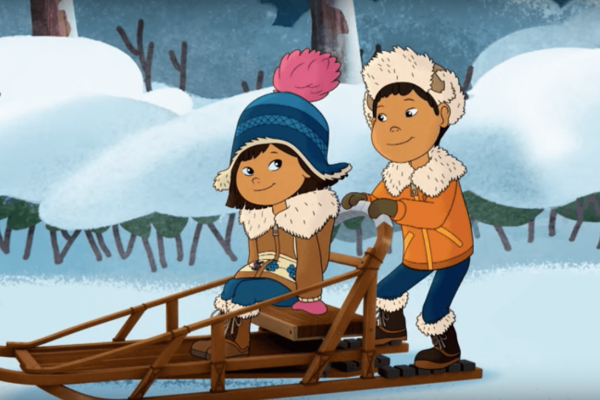Jul 23, 2019
A few days ago, I gathered with my two Potawatomi sons on our couch to watch Molly of Denali, a cartoon that recently premiered on PBS starring a young girl named Molly who is an Alaska Native (specifically, Gwich’in/Koyukon/Dena’ina Athabascan). This show is the first of its kind in the history of the United States.
Read the Full Article

Already a subscriber? Login
